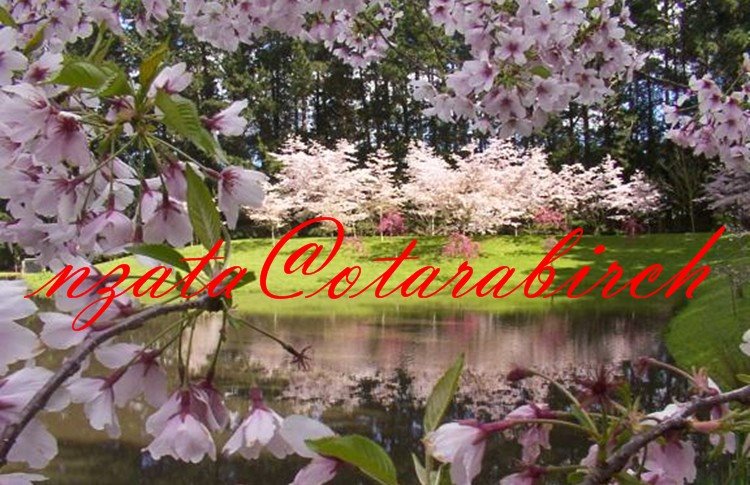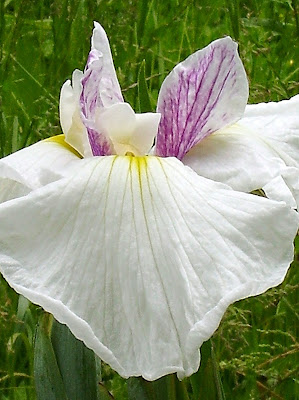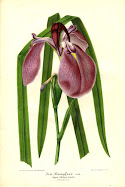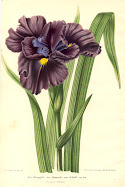
Mid Season Japanese Iris.
Iris ensata "Electric Glow"
This stunning Japanese iris grows well in a garden and can withstand a shady position.This iris produces tall stems of medium sized beautiful flowers in early to mid season. The sea blue flowers stands out in a garden display when planted on mass with it's spectacular 6 petal form of Iris ensata " Electric Glow ".


The stunning blue colour is very beautiful. Has clean sea blue petals with a lighter blue rays with a soft violet edge on the petals. It is smaller flower size but it smiles and radiates in it's colours in a garden. It stands out with its delicate flower presentation. I enjoy this one, picked to be placed in a tall vase on my dinning table. A choice variety to grace my table.
Excellent pod parent which I have used to some of my hybridizing program this season.
The plant grows really well for me with lots of beautiful clean foliage and tall ram rod stems held proudly above the upright arching foliage. It produces an abundance of flowering stems on a well formed stunning clump in early December.
This variety was created by Terry Aitken. This seedling 86J3 was produced from crossing "Electric Rays" X "Midnight Stars", being registered in 1992.
Introduced by Terry at his 'Aitken's Salmon Creek Gardens' in 1992. This very attractive Japanese iris ha s achieved great success after its introduction winning awards for Honorable Mention 1995, Award of Merit 1998, and the Payne Medal 2002.
s achieved great success after its introduction winning awards for Honorable Mention 1995, Award of Merit 1998, and the Payne Medal 2002.
It grows to a height of 97 cms (38 ins) and flowers mid season in New Zealand, while flowering in the mid to late season else where in the world.
Available in New Zealand and around the world.


The plant grows really well for me with lots of beautiful clean foliage and tall ram rod stems held proudly above the upright arching foliage. It produces an abundance of flowering stems on a well formed stunning clump in early December.
This variety was created by Terry Aitken. This seedling 86J3 was produced from crossing "Electric Rays" X "Midnight Stars", being registered in 1992.
Introduced by Terry at his 'Aitken's Salmon Creek Gardens' in 1992. This very attractive Japanese iris ha
 s achieved great success after its introduction winning awards for Honorable Mention 1995, Award of Merit 1998, and the Payne Medal 2002.
s achieved great success after its introduction winning awards for Honorable Mention 1995, Award of Merit 1998, and the Payne Medal 2002.It grows to a height of 97 cms (38 ins) and flowers mid season in New Zealand, while flowering in the mid to late season else where in the world.
Available in New Zealand and around the world.

* Acknowledgement: - 2003 Cumulative Check list of the Japanese Irises complied for The Society of Japanese Irises.



















